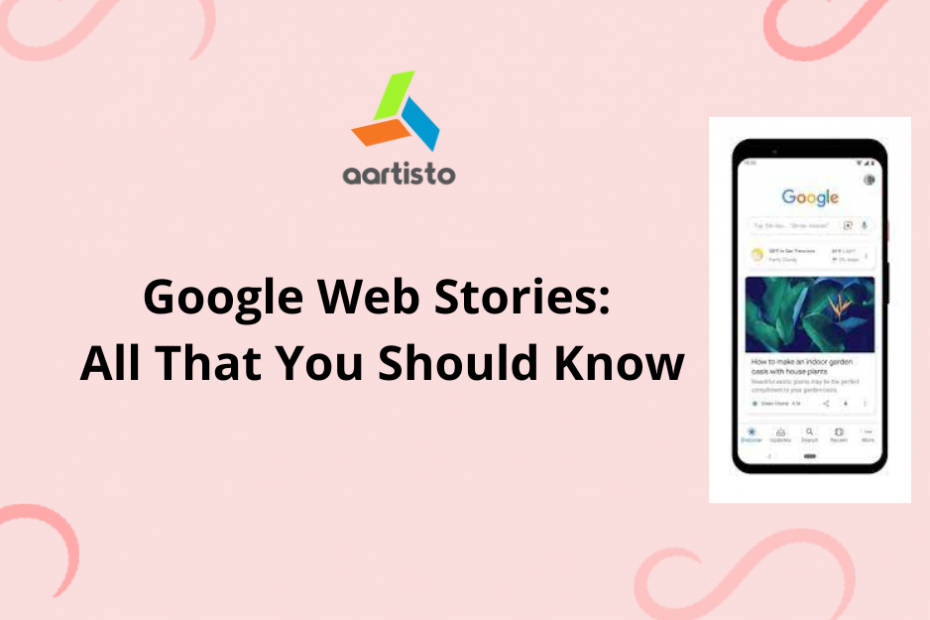Google Web Stories
Google is not a social media channel, but one of its features is the design of the stories you see on popular sites like Google Web Stories and Instagram.
It offers a unique opportunity for creators, so read Google Web Stories to learn more about what they can do for your business, and how to create and impact them.
What are Google Web Stories?
Google Web Stories is interactive, video-first content that creators can use to share information with viewers through tapping pages containing audio, images, and text. The Web Story format was formerly known as AMP Stories.
Styles that work best in design are first-person descriptions, lush or updated stories, Google says, live stories, educational and experiential stories, and quizzes and polls.
Web stories appear in regular Google search results and as carousels in Google Discover, and you can add them to the newsletter and link them from your social media accounts. The image below shows a web story in Google Discover on the left and Google Search on the right.
Web stories are personal pages on your website that are indexed and displayed in relevant results. You can display them as private parts of the content on your website or embed them in podcast episodes or YouTube videos. Below is a video provided by Google for Creators.
Google Web Stories Format
Web stories have three parts: a poster, a cover page, and story pages.
The first thing anyone sees in your story is the poster, which Google describes as packaging. Your cover page is the first page of the content of your story, and the story pages are where you start telling your story and story with video, text, and your favorite assets.
How to Make Google Web Stories
This Google design will bring a variety of benefits to your business, such as sharing a unique and compelling brand story with your audience, engaging with interactive elements, generating traffic to your different channels, and generating revenue and revenue.
Storyboard your narrative
The first step is the storyboard and a story draft. Google has created a storyboard script template to illustrate your web story description.
Select Editor
After creating the final draft, select the editor you will use to create your story. If you have developer skills, you can follow AMP’s tutorial to guide you through the story creation process with custom functionality.
Create your Web Story
Once you have selected your editor, start creating your web store.
Test your web story before publishing
The final step in running your Web Story on Google is to test it with a variety of tools.
- AM Test whether AMP is valid using the AMP Test Tool or the AMP Test Evaluator.
- Check if Google can index your story using the Sitemap Report and URL search tool.
Best Practices for Creating Google Web Stories
Champion video-first storytelling
Google means creating web stories first in the video. It supports video above all else but welcomes audio, pictures, and animations to help create a story. You can add text, but when you use it, indicate less than 280 characters or about 40 to 70 words per page.
Use engaging elements
Stories need to be interactive and engaging for users, so aim to use interactive elements.
The best way to do this is to have multiple story pages, so you’ll get the audience’s attention, tap, and encourage them to learn more. You can also add interactive quizzes and polls, CTAs, and links to different pages to enhance audience interaction with your content resources.
Use your brand identity
Stories will be displayed on SERPs and Google Discover, so visitors will want to add your unique brand elements so they know it’s you.
Ensure your stories are AMP valid
Web stories run on the AMP framework, so they are AMP valid. We have recommended the various testing tools above, so be sure to use them throughout your process to ensure that your stories appear on the Internet.
Make your Web Stories accessible
Even if you want to succeed in visual storytelling, your web stories must be accessible. Add alternative text to your pictures, transcribe audio, use subtitles and captions, and add metadata to your stories.
